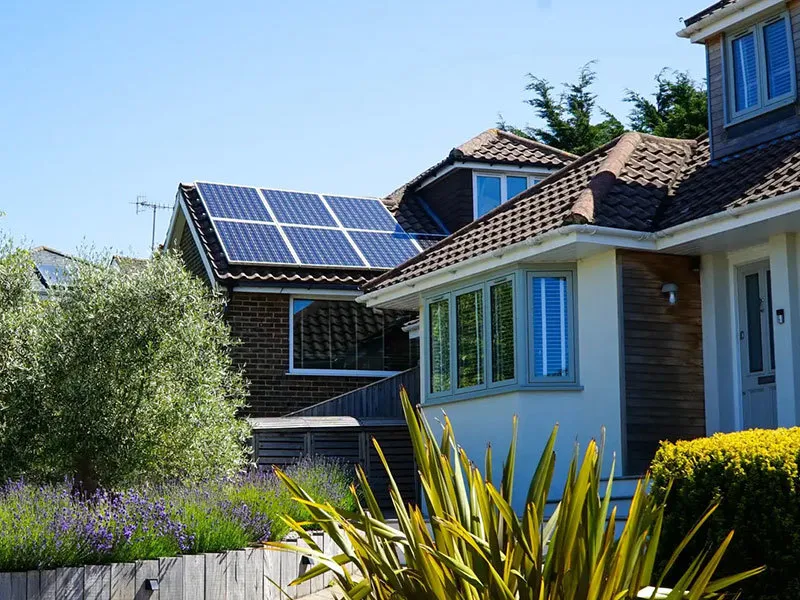mono perc bifacial solar panel
The Rise of Mono-Perc Bifacial Solar Panels A Comprehensive Overview
In recent years, the renewable energy landscape has witnessed remarkable advancements, particularly in solar technology. Among these innovations, mono-PERC (Passivated Emitter and Rear Cell) bifacial solar panels have emerged as a game-changer, significantly enhancing solar energy efficiency and utilization. This article delves into the features, advantages, and future prospects of mono-PERC bifacial solar panels.
Understanding Mono-PERC Technology
Mono-PERC bifacial solar panels are an evolution of standard monocrystalline solar panels. The “mono” in mono-PERC refers to the use of a single crystal structure of silicon, which offers higher purity and efficiency than polycrystalline counterparts. The PERC technology incorporates a passivation layer on the rear side of the cell, which helps in reducing electron recombination and therefore increases energy conversion efficiency.
What sets bifacial panels apart is their ability to capture sunlight from both sides. The rear side can harness reflected sunlight from nearby surfaces like ground, water, and buildings, thus increasing overall energy generation. This dual-facing capability means that bifacial panels can achieve higher energy yields, particularly in environments with reflective surfaces.
Key Benefits of Mono-PERC Bifacial Solar Panels
1. Higher Efficiency Mono-PERC bifacial panels can have efficiency rates exceeding 22%. The dual-sided collection allows them to harness additional light, leading to overall improvements in energy output compared to conventional solar panels.
2. Space Optimization As energy generation is enhanced, fewer panels are required to achieve the same energy output. This is especially advantageous in space-constrained locations, making mono-PERC bifacial panels an ideal solution for urban installations and small rooftops.
3. Cost-Effectiveness Although the initial investment may be higher than traditional panels, the long-term efficiency gains and reduced maintenance costs can lead to lower overall costs per watt produced. Additionally, installations utilizing these panels often benefit from government incentives aimed at promoting renewable technologies.
mono perc bifacial solar panel

4. Enhanced Durability The construction of bifacial panels typically utilizes robust materials, offering greater resistance to environmental factors such as hail, wind, and snow. This durability results in a longer lifespan and better performance over time, further optimizing initial investments.
5. Versatility in Installation Bifacial panels can be installed in various configurations, such as ground-mounted systems with elevated racks to maximize rear-side exposure. They can also be integrated into building designs, fostering aesthetic appeal without compromising efficiency.
Challenges and Considerations
Despite their numerous advantages, mono-PERC bifacial solar panels are not without challenges. Installation costs can be higher, attributable to more complex mounting systems and the need for precise orientation to maximize dual-sided light capture. Additionally, the effectiveness of bifacial panels heavily depends on the albedo (reflectivity) of the ground surface; thus, careful site selection is crucial.
Moreover, while the technology has matured, understanding the performance metrics and potential variability based on location and installation conditions remains essential for prospective buyers and installers. Energy yield assessments are needed to make informed decisions regarding investments in this technology.
The Future of Solar Energy
As the global emphasis on renewable energy intensifies, mono-PERC bifacial solar panels represent a vital step toward achieving greater efficiency and sustainability in solar power generation. With ongoing technological advancements and increasing adoption rates, these panels are poised to play a significant role in the transition towards a cleaner, more sustainable energy future.
In conclusion, mono-PERC bifacial solar panels bring a host of advantages that enhance energy efficiency while making optimal use of available space. As technology continues to evolve and drive down costs, the adoption of these advanced solar panels is likely to surge, contributing significantly to the global push for renewable energy solutions.
-
Unlocking Energy Freedom with the Off Grid Solar InverterNewsJun.06,2025
-
Unlock More Solar Power with a High-Efficiency Bifacial Solar PanelNewsJun.06,2025
-
Power Your Future with High-Efficiency Monocrystalline Solar PanelsNewsJun.06,2025
-
Next-Gen Solar Power Starts with Micro Solar InvertersNewsJun.06,2025
-
Harnessing Peak Efficiency with the On Grid Solar InverterNewsJun.06,2025
-
Discover Unmatched Efficiency with the Latest String Solar InverterNewsJun.06,2025







